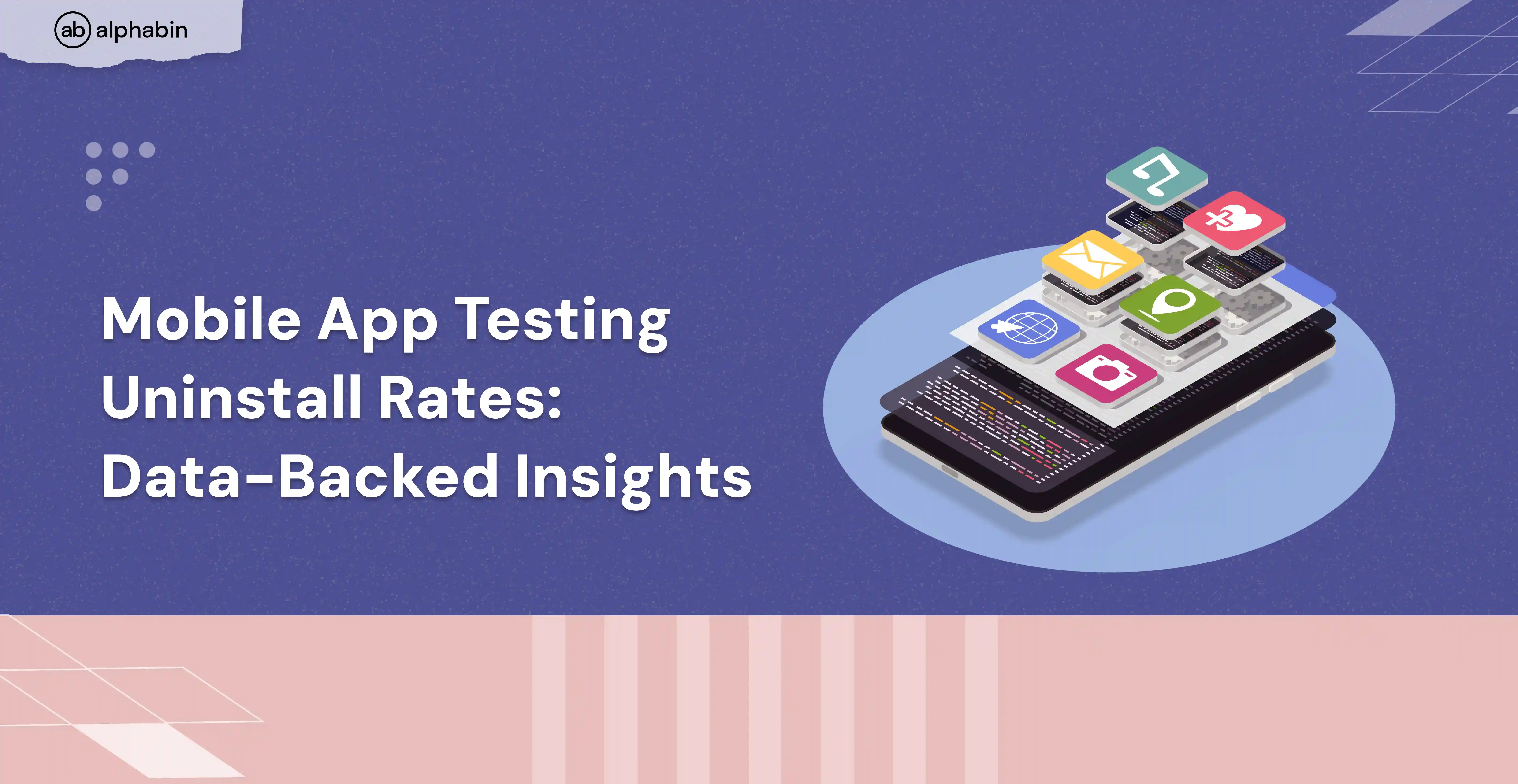Component testing services
Make each and every component more reliable with our component solutions.
.webp)

































.webp)
Revealing problems without component testing
Without Component checking, businesses might have big problems, from not finding defects in isolated parts to possible system instability.
Missed isolation
Missed isolation

There’s a risk of not finding defects in isolated software parts, which could lead to problems when parts are combined.
Integration risk
Integration risk

Without testing, there’s uncertainty during integration, which could increase the chances of compatibility problems.
Unmanaged dependencies
Unmanaged dependencies

This increases the difficulty of managing dependencies, which could cause problems in overall system performance.
Missed performance improvement
Missed performance improvement

There’s a chance of missing performance bottlenecks, which could affect the system’s ability to perform at its best.
Boons of component testing
Active component testing finds hidden problems, makes your software stronger, and gets the best performance.
Minimal integration problems
Find defects early in isolated parts, reducing integration problems by a huge 90%.
Better compatibility
Knowing each part has been tested thoroughly leads to 85% fewer compatibility problems.
Managing dependencies
Get detailed control over software dependencies, making things work smoother and perform better.
Improving performance
Find and report performance issues at the component level, making the whole system work more efficiently.
Interested in our automotive component testing? Reach out to us.

.webp)
What we test
We dissect your application's building blocks, ensuring individual components function flawlessly and integrate.
State management
Employ mocks and stubs to test component state transitions and data handling meticulously.
UI validation
Utilize libraries like Cypress or Selenium to test component rendering, accessibility, and visual integrity across platforms and devices.
Event handling
Verify component responsiveness to user interactions and ensure proper event propagation.
Prop validation and Type checking
Guarantee components handle props correctly, preventing unexpected behavior from invalid data.
Dependency injection testing
Mock dependencies to isolate and test component logic independent of external integrations.
Performance validation
Monitor component-level resource consumption and identify bottlenecks for improved efficiency.
And other validations like
Error handling, isolation testing, and code coverage analysis.

Component testing is not about checking individual parts in isolation, but about verifying their functionality and compatibility in the system.
.webp)
Client Successes
We helped our client in the AgriTech field by making sure their important software parts worked well.
Challenges
Challenges
The client had problems with making sure all the software parts worked together and were reliable, which is very important for precision farming.
Solutions
Solutions
We carefully checked each software part to make sure they all worked together well and didn’t have any problems.
Result
Result
As a result, the number of problems related to the software parts went down by 30%, the overall system became 25% more reliable, and the software that supports precision farming worked better.
Strategy in testing units
We use a step-by-step plan to make sure each part of the software works well and is ready to be combined with other parts.
1.

Component analysis: We look at each part of the software to understand what it does and what it depends on.

Requirement mapping: We make sure our testing plans match the needs of each part of the software.

Risk assessment: We find out what could go wrong with each part of the software and plan how to deal with those problems.
2.

Scenario-based testing: We create test situations that cover different inputs and conditions to check the software’s flexibility.

Positive and Negative testing: We run tests to check if the software works as expected and to find any potential problems.

Data flow and Dependency testing: We look at how data moves within and between parts of the software to find any potential slowdowns.
3.

Integration compatibility: Ensuring seamless integration with other components and systems through rigorous compatibility checks.

Interface validation: Validating APIs and interfaces to ensure smooth communication and data exchange between components.

Version compatibility checks: Assessing compatibility with different versions of components to support seamless updates.
4.

Performance testing: Evaluating the performance of individual components under varying loads and conditions.

Scalability testing: Assessing the scalability of components to ensure they can handle increased workloads as the system evolves.

Resource utilization analysis: Monitoring resource utilization, such as CPU and memory usage.
5.

Error evaluation: Verifying the robustness of error-handling mechanisms within components to ensure recovery in the worst-case scenario.

Security assessment: Conducting security tests to identify and address potential vulnerabilities within individual components.

Data privacy checks: Ensuring that components handle sensitive data in compliance with privacy regulations.
.webp)
Why choose Alphabin?

Preemptive problem solving
We identify issues early, preventing downstream bugs and costly rework, saving you time and resources.

Measurable improvements
Faster test cycles, reduced costs, and improved quality with quantifiable results.

Unbiased insights
Our independent perspective ensures objective feedback, highlighting critical issues and opportunities for improvement.
.webp)
Our Resources
Explore our insights into the latest trends and techniques in Automative Component Testing.

Mobile App Testing Device Fragmentation: 2025 Benchmarks
- Sep 30, 2025
Learn 2025 benchmarks on device fragmentation in mobile app testing. See coverage costs and QA challenges across platforms.

Mobile App Testing Uninstall Rates: Data-Backed Insights
- Sep 20, 2025
Discover uninstall rates in mobile app testing with 2025 data. Understand why apps get removed and how QA teams can respond.
Frequently Asked Questions

Component software Testing, also known as unit testing, verifies the functionality and correctness of individual software components or modules. It is a fundamental part of the software testing process. It occurs at the development level to ensure that each component performs as intended in isolation before integration into the more extensive system.

Our Component Services encompass various types of unit testing, integration testing at the component level, and functional testing of isolated software modules. We tailor our services to meet clients' specific needs across industries, ensuring that individual components are thoroughly validated for functionality and reliability.

Component selection and prioritization involve analyzing the software architecture and identifying critical and high-risk components. We prioritize components based on their impact on overall system functionality, dependencies, and potential risks. A risk-based testing approach often focuses testing efforts on the most critical components.

Our testing includes not only functional testing but also non-functional testing aspects. Performance testing at the component level involves assessing response times and resource utilization. Security testing focuses on identifying vulnerabilities within the individual component, ensuring that security measures are applied at the micro-level of the software.
Automate your regression 5x faster with AI
See How in a Quick 15-Min Demo


















.svg)



.svg)
